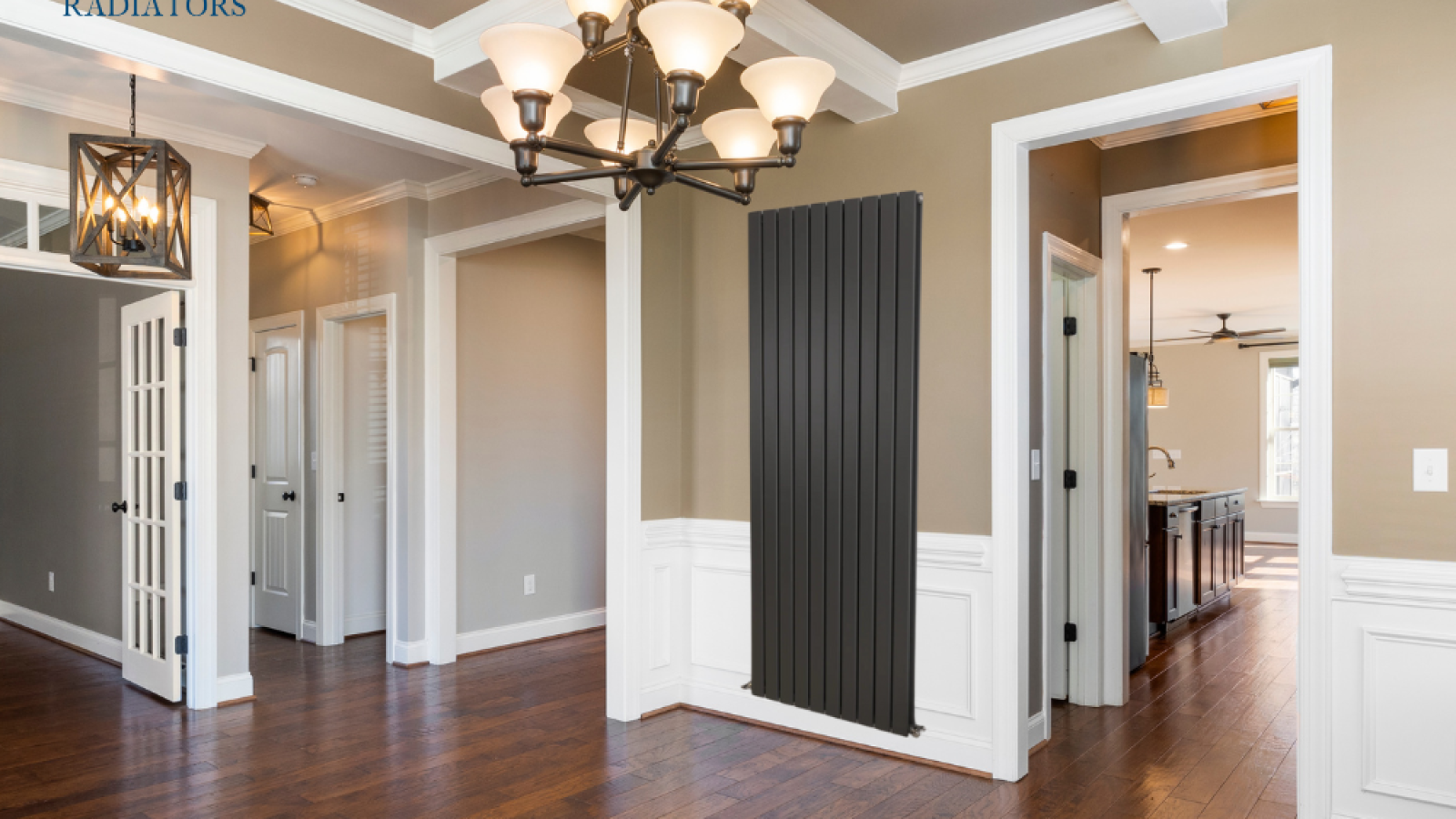
Radiators are no longer just practical slabs of metal under the window. As more people renovate older homes or design modern ones, heating has become part of the interior aesthetic. That means homeowners now face a choice: stick with traditional styles or explore the growing world of designer radiators.
If you’re wondering what the real difference is, or whether one actually performs better than the other, this guide should help.
Traditional radiators usually refer to models based on classic designs. Think column radiators, cast iron finishes, and shapes that wouldn’t look out of place in a Victorian or Edwardian property. These radiators are often heavy, robust and simple in style, offering a timeless appearance that suits older interiors.
They’re still widely used in both period homes and newer builds where a classic look is preferred. Many people choose traditional radiators for their reliable heat output and solid construction.
Designer radiators are a more modern take on home heating. They come in a wide variety of shapes, sizes and colours – from sleek vertical models to sculptural pieces that double as wall features. Some even look more like modern art than heating systems.
They’re typically chosen for their aesthetics and ability to blend in or stand out in a room. If you’ve got a more contemporary space, a designer radiator can often elevate the whole feel of it.
Both types can perform well, but the material and shape do matter. Traditional radiators, especially cast iron ones, tend to hold heat for longer. They take a bit longer to warm up, but once hot, they stay warm for quite a while.
Designer radiators vary more depending on their style and build. Some slimline or vertical options may look great but offer less surface area, meaning lower heat output. That’s not to say they’re ineffective – it just means you’ll want to choose the right model for the size of your room.
This is where the biggest difference lies. Traditional radiators tend to complement older or more classic interiors. Designer models are more at home in modern builds, open-plan spaces, or rooms where you’re aiming for a minimalist or eye-catching look.
That said, many brands now offer traditional-style radiators in modern colours, giving you the best of both worlds if you’re somewhere in the middle.
Traditional radiators are often wider and lower, taking up more horizontal space. Designer radiators, especially vertical ones, are ideal for rooms where wall space is limited or already spoken for.
Bathrooms, kitchens and narrow hallways often benefit from upright designer radiators, where the space-saving aspect can make a real difference without compromising on style.
Traditional radiators are generally more affordable up front, and installation is usually straightforward. They’re familiar to most plumbers, and replacement is often like-for-like.
Designer radiators can be more expensive, both to buy and install. Unusual sizes or shapes may require brackets, pipework adjustments, or custom fittings. That said, many homeowners are happy to pay more for something that elevates the whole room.
Traditional models, particularly cast iron, are known for their longevity. They’re built to last, and many older radiators are still working perfectly after decades.
Designer radiators vary more. Aluminium models heat quickly and are lightweight but may not be as long-lasting as steel or iron. Check the manufacturer’s guarantee and build quality before buying – a good one will last just as long as a traditional unit.
| Feature / Factor | Traditional Radiators | Designer Radiators |
|---|---|---|
| Heat Output & Efficiency | Hold heat for longer, especially cast iron. Slower to warm up but excellent retention. | Varies by style and build. Slimline/vertical models may have lower heat output due to reduced surface area. |
| Style & Aesthetics | Complements classic or period interiors. Now available in modern colours for hybrid styles. | Suits modern, minimalist, or statement interiors. Wide range of bold and unique designs. |
| Size & Space Saving | Often wide and low, taking up more horizontal space. | Many vertical options ideal for small or narrow spaces such as bathrooms, kitchens, and hallways. |
| Cost & Installation | Generally more affordable with straightforward installation. Familiar to most plumbers. | Higher purchase cost. Some shapes/sizes may require custom fittings or pipework changes. |
| Durability & Materials | Cast iron and steel versions are very long-lasting — often decades of use. | Aluminium heats quickly and is lightweight but may not last as long. Steel/iron options match traditional durability if built well. |
| Best Room Types | Living rooms, period properties, bedrooms needing a subtle look. | Modern kitchens, bathrooms, lofts, open-plan spaces, and narrow hallways. |
| Pros | Timeless look, strong heat retention, easy to fit. | Stylish, space-saving, available in unique designs. |
| Cons | Takes up more wall space, less suited to modern decor. | More expensive, may need specialist installation. |
If you care about the look of your space and want a feature as well as function, then yes – provided you choose a model that suits your heating needs.
Not necessarily. It depends on the model, material and output rating. Cast iron radiators hold heat longer, but modern designer models can heat up quicker.
Slim or vertical designer radiators are often better suited to small or narrow rooms, as they free up valuable wall space.
Choosing between a traditional and designer radiator comes down to what matters most to you – appearance, performance, budget, or a balance of all three. Both styles can work brilliantly if chosen with the room in mind.
If you’re still not sure which radiator is right for your home, our team are happy to help you weigh up the options and explore the styles available. Contact us today for expert, no-pressure advice.